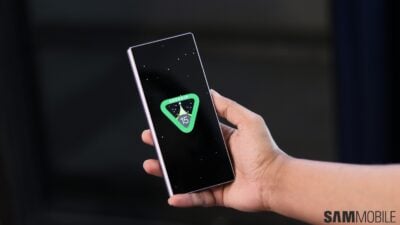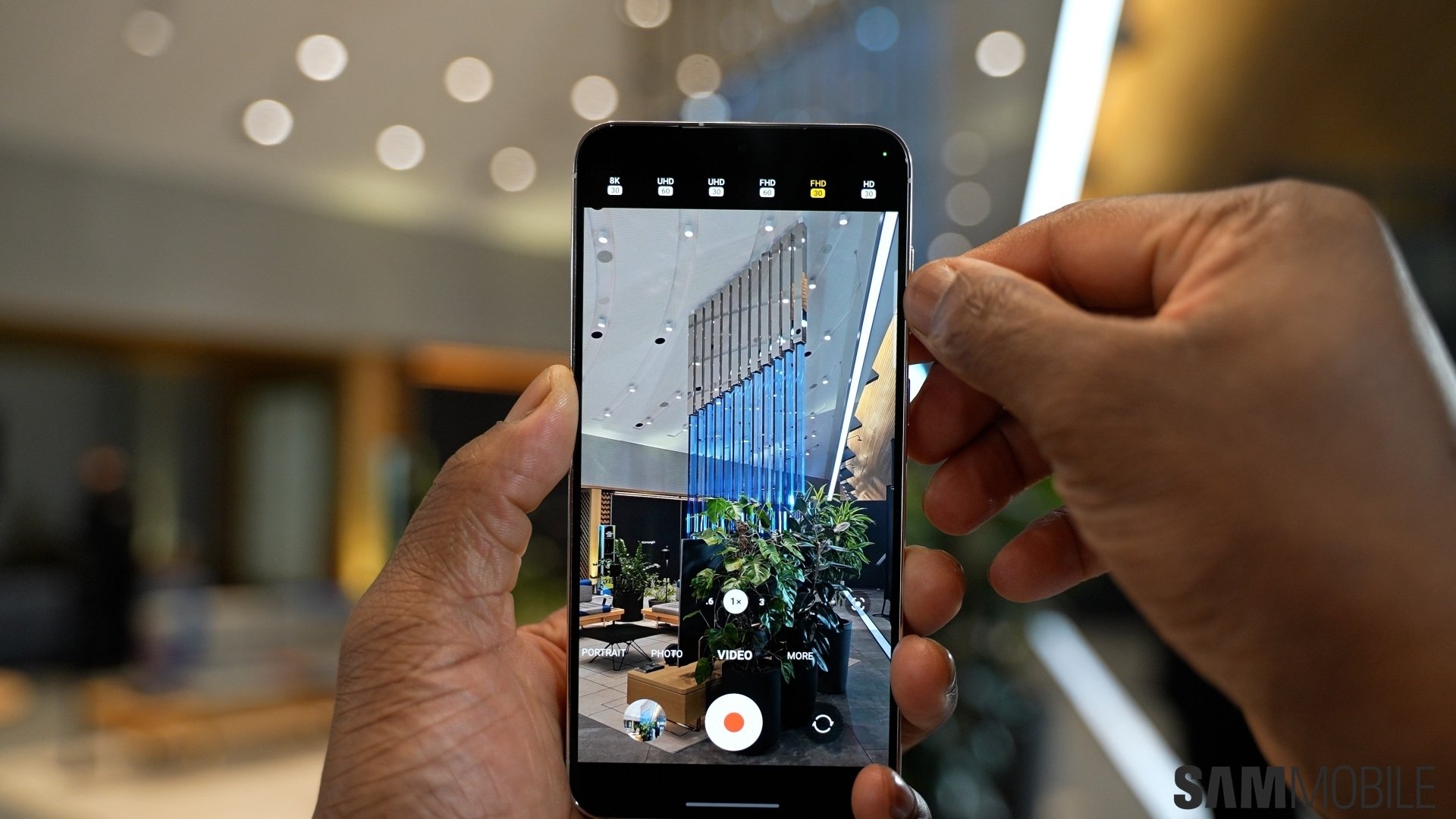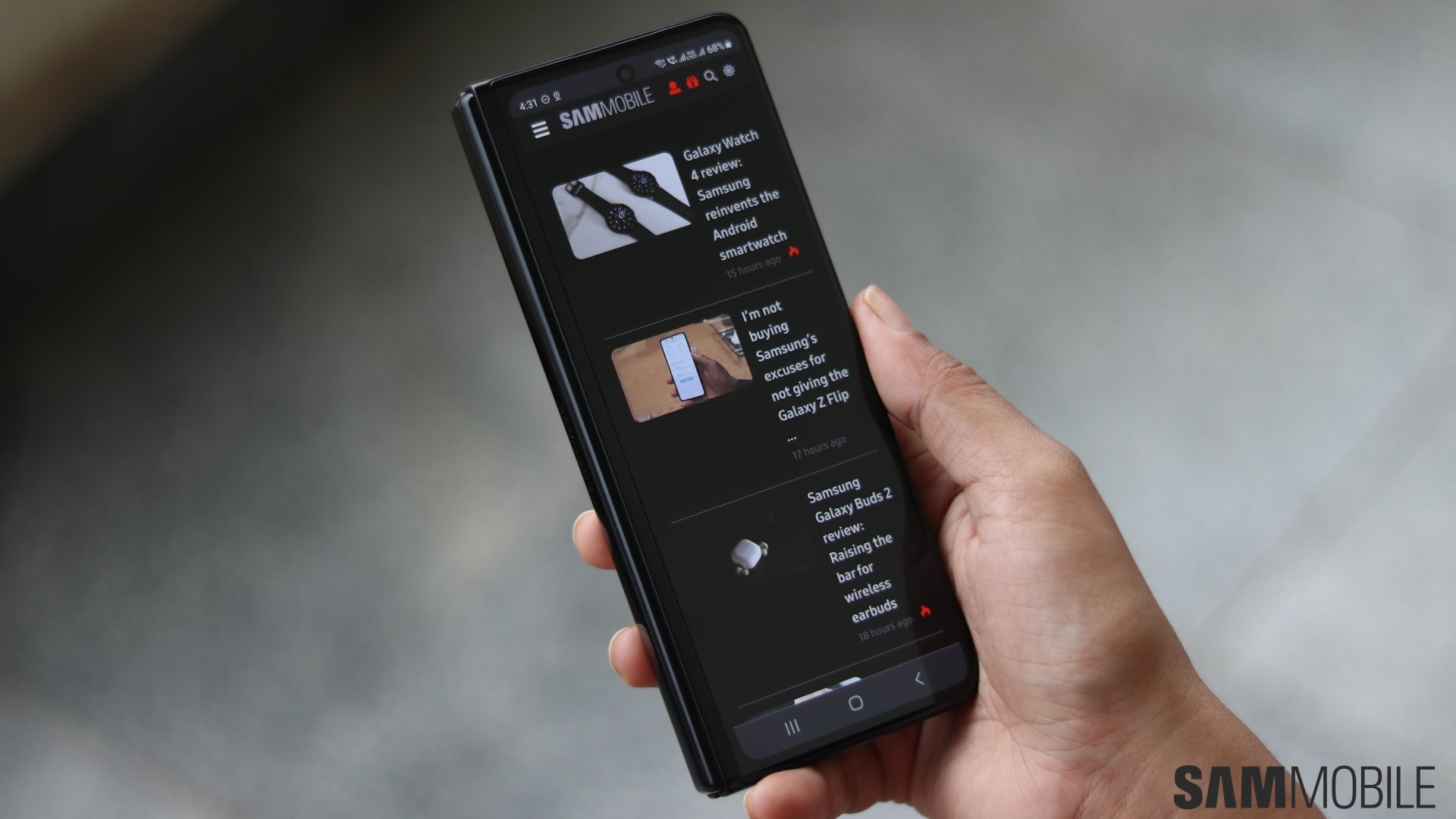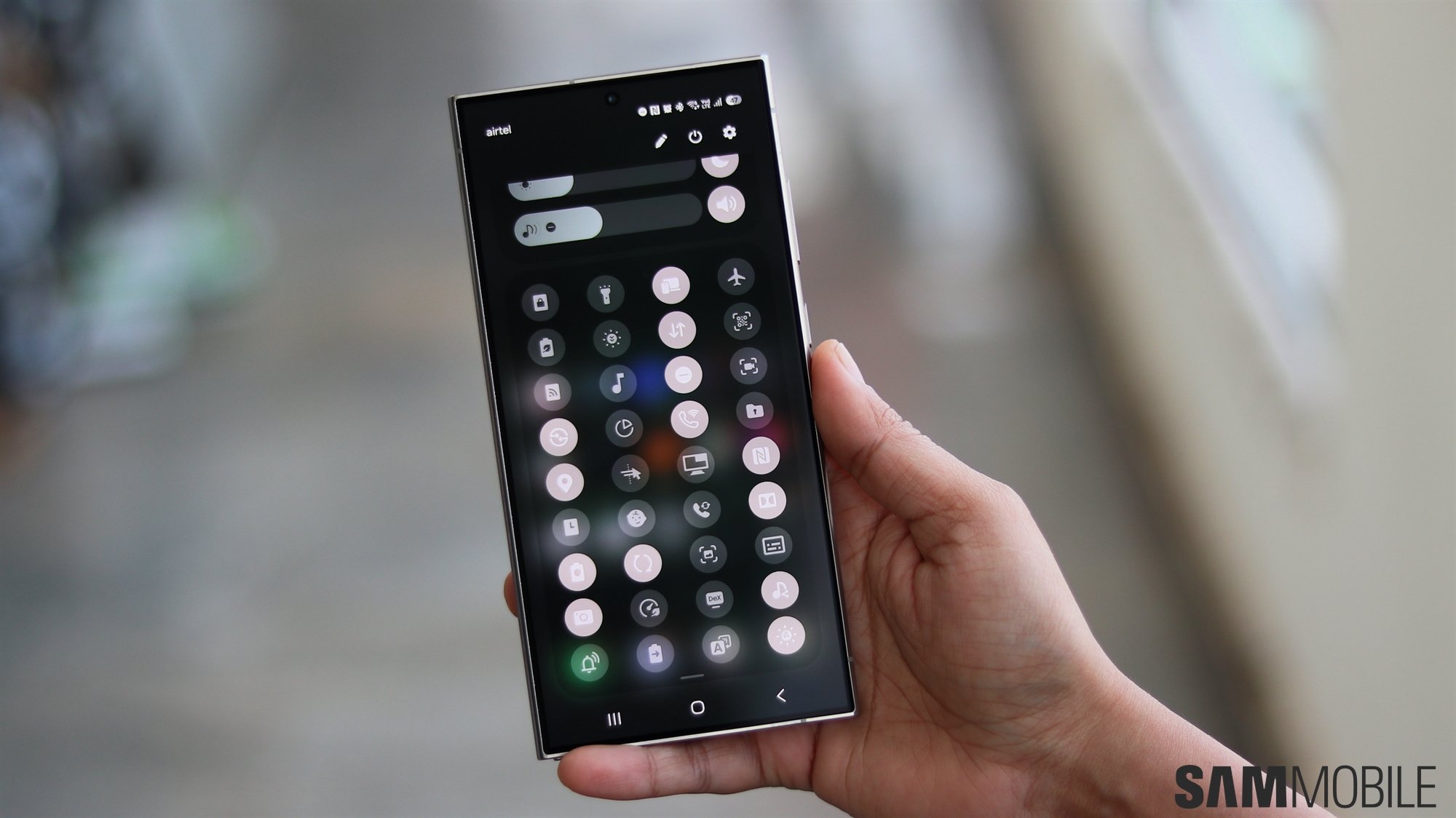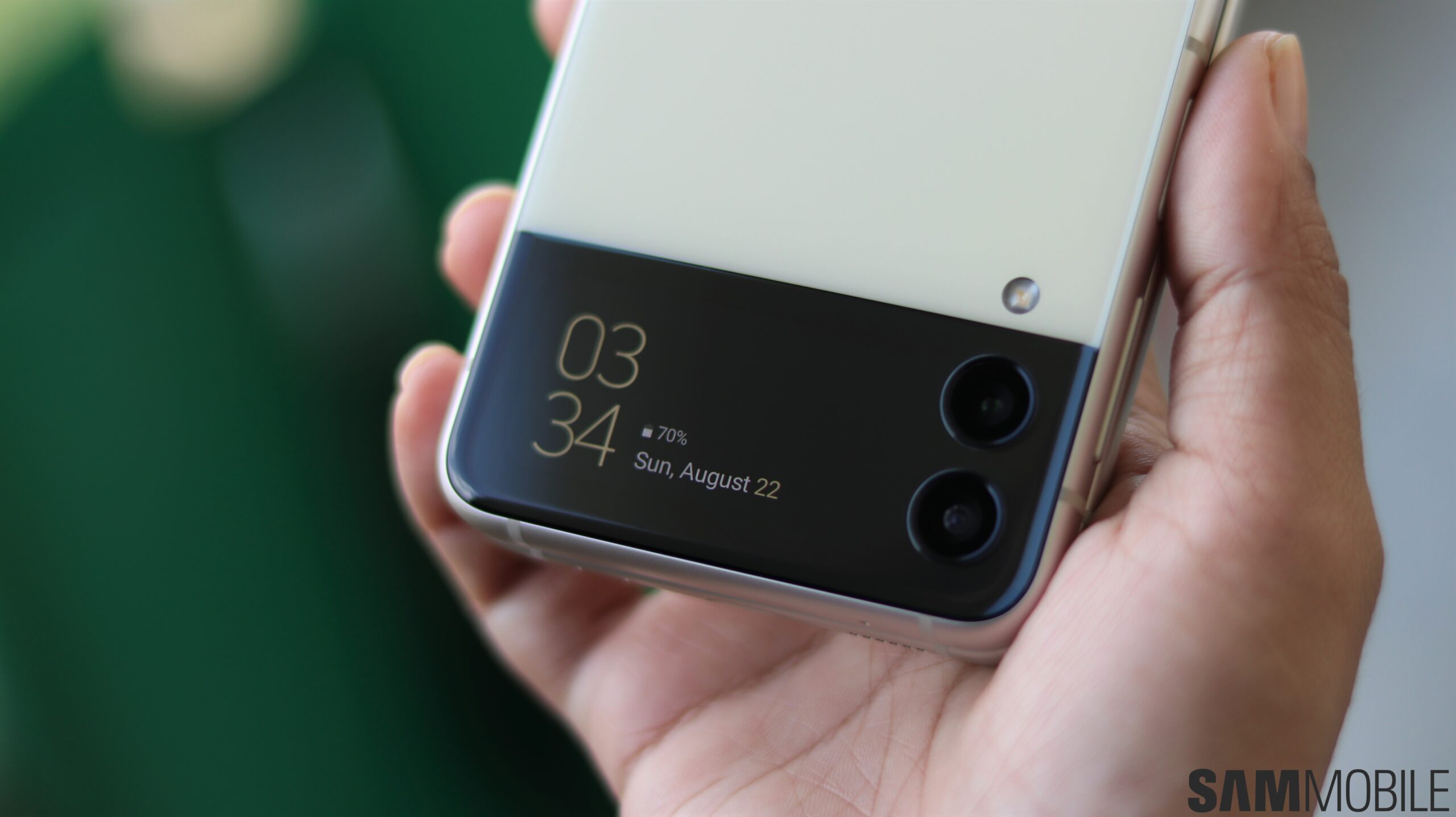
The following year, it came out with the Galaxy Z Flip. This foldable smartphone really caught the world's attention. It had a familiar form factor, a striking design, and it felt like a device that could withstand the rigors of daily use. Still, at $1,380, it seemed a bit too expensive. A few months later, the company came out with the Galaxy Z Fold 2. While it still cost $2,000, at least the improvements were decent enough to make more people take the plunge.
With that being said, millions of Samsung's most loyal customers across the globe bought these devices. They were brave enough to vote with their wallets. They understood that these early-generation devices may have durability concerns but they were fully supportive of Samsung in its mission to change the smartphone industry again.
Samsung kicked things up a notch last year with the Galaxy Z Fold 3 and the Galaxy Z Fold 3. At $1,799 and $999, both of these devices received a significant price cut. They were also made more durable and the foldable displays were made more resilient. These are also the world's first foldable smartphones that are water resistant. This time, it felt like even those who weren't fully onboard with foldables in the past were now willing to take a chance on these devices. Samsung ended up selling more units than it had anticipated, such was the demand for its new foldables.
Till now, the company has made a conscious decision to position its foldable smartphones as premium devices. Any device that costs more than $900 is in premium and flagship territory. Customers understand that they're paying a high price not just for the form factor but also for high-end specs. They also appreciate that spending so much money on a smartphone that folds sets them apart. It's like being part of an exclusive club. Those who are inside would rather not lose that exclusivity.
There have been several rumors that indicate Samsung might be looking into making a cheaper foldable smartphone. Recent rumors suggest that Samsung is going to release foldable smartphones cheaper than $800 by 2024. These devices will apparently be launched under the Galaxy A brand, a lineup that's famous for its mid-range and affordably priced offerings.
This is going to take away the exclusivity of the form factor from customers who purchase a Galaxy Z Fold or Galaxy Z Flip. It would be no different than buying a Galaxy A53 or a Galaxy S22 Ultra. The form factor is the same, only the specs are different. Most people are just fine with what a Galaxy A53 is able to do for them so they don't feel the need to spend over $1,000 on a Galaxy S22 Ultra.
Samsung will be creating a similar situation if it launches Galaxy A foldables. If someone is able to get the same clamshell experience for $449 that a Galaxy Z Flip provides for $999, and they are willing to compromise on the specs, they're basically a part of that exclusive club, it's just that they were able to get in for much less.
The novelty and uniqueness of its premium foldable smartphones have contributed to their surging popularity and sales. A lot of customers have bought these devices for just that. They might feel that Samsung is effectively cheapening the appeal of foldable smartphones if they're no longer offered in the premium segment only.
Ultimately, those customers may not decide to buy the latest Galaxy Z models if similar form factors are being offered in the Galaxy A series. Nobody looks at a phone from afar and wonders what chipset it might have under the hood. A foldable smartphone will fold the same way, whether it costs $1,799 or $449.
Perhaps that's why Samsung has been working on more advanced foldable, rollable, and sliding displays. Once the company starts expanding its foldable portfolio to the mid-range segment, it may continue to offer truly unique products that justify their premium price tags. This is something that Samsung must do to crush its rivals.
Samsung fans will definitely hope that this is how it all turns out. Otherwise, they may no longer find the foldable smartphones desirable, and that's not something Samsung would want.
Join SamMobile’s Telegram group and subscribe to our YouTube channel to get instant news updates and in-depth reviews of Samsung devices. You can also subscribe to get updates from us on Google News and follow us on Twitter.












